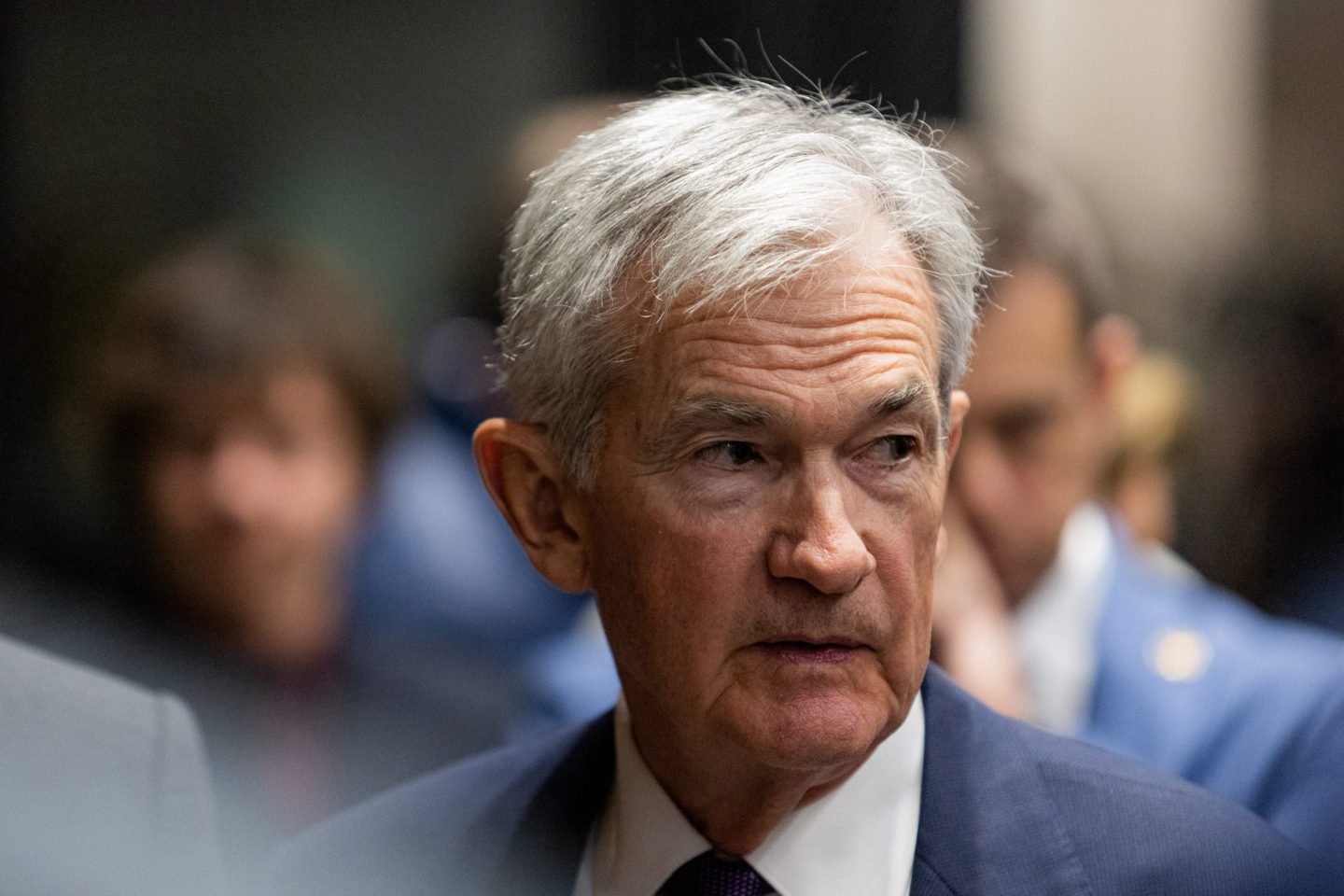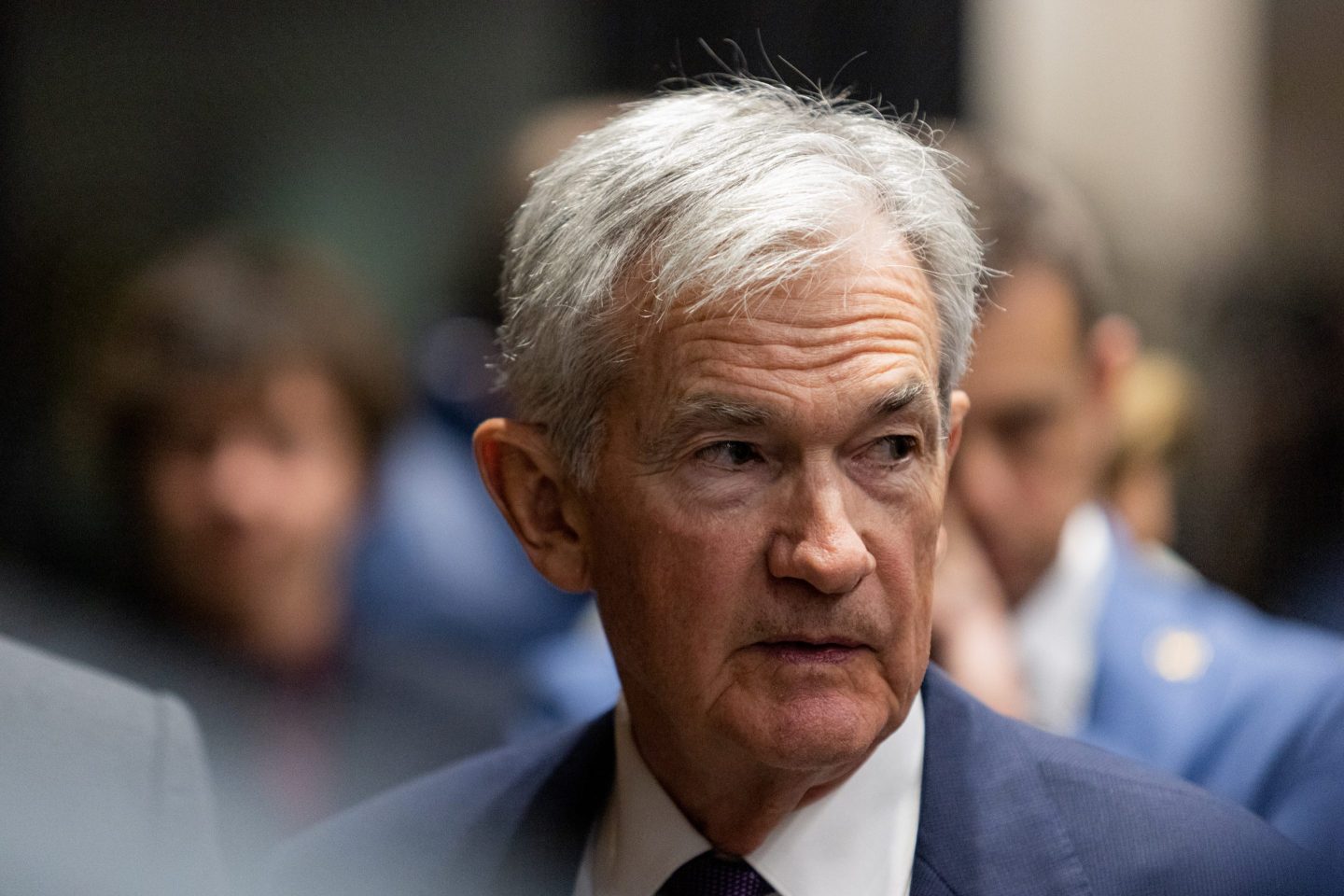The NFL has suddenly decided it would bring in new leadership to fix problems that have been plaguing it for decades.
On Monday, commissioner Roger Goodell sent a letter to the league’s teams announcing that he hired three women to “help lead and shape the NFL’s policies and programs relating to domestic violence and sexual assault.” Lisa Friel, Jane Randel and Rita Smith previously worked in the field of domestic violence prevention and education. A day later, the NFL said former White House official Cynthia Hogan would take over as SVP of public policy and government affairs.
The decision to hire key women into leadership positions comes amid a controversy that is threatening the values and integrity of the league. Former Baltimore Ravens running back Ray Rice punched his then-fiancee unconscious in an elevator and was initially suspended for only two games. The light punishment prompted a national outcry, and only after a graphic video of the incident was released did Goodell reverse course and suspend Rice from the league indefinitely. Yet Rice is by no means the first player to be charged with domestic violence: In the last two years, police have arrested at least 14 NFL players for violence against women.
Why does it take a full-blown crisis for organizations to bring in women to key leadership positions? The answer is a complicated one, but it is perhaps rooted in the stereotype that women don’t take risks. As the NFL works to restore its image as a family-friendly organization worthy of female fans, the last thing it wants is to bring in risk takers who could make the problem worse. Instead, they hire women who they believe can manage the crisis in a calm and effective manner.
“Organizations wait until a crisis to bring women into positions of power because they realize the current strategy isn’t working and a new approach is needed,” says Sylvia Ann Hewlett, founder and CEO of the Center for Talent Innovation . “We are still very much in need of a cultural shift in which the preferred leader is not one who displays the stereotypical male strengths.”
We see the same trend of bringing in women only when things start going really south in business as well. In July, American Apparel appointed the first two women to its board of directors after its now ousted CEO got caught up in a sexual harassment scandal. Sexual harassment has been an issue that the company dealt with for years, but it took the very public firing of its CEO for American Apparel to address the issue. Other notable examples include the appointments of former Alcatal-Lucent CEO Pat Russo and former HP CEO Carly Fiorina. Both women were brought in during incredibly difficult financial and cultural times at the company.
If these women were in positions of leadership to begin with, the crises that spurred their hiring may not have even happened in the first place. The stereotype that women don’t take risks is just that, a stereotype. Yet studies prove that organizations with women in power outperform their peer organizations with exclusively male leadership. My hunch is that if Goodell had brought in advisors to consult on domestic violence and sexual assault, the Ray Rice controversy would have been resolved months ago. The same goes for American Apparel, and I’m sure countless other organizations that decided to address an issue only when it was potentially too late.
“No matter what companies assume about women, you will often see women lead with courage in crisis,” says Kate Bensen, the president and CEO of the women leadership group The Chicago Network. “Even if they think they are getting someone “safe” they might get someone who takes risks that are good for everybody.”
To subscribe to Caroline Fairchild’s daily newsletter on the world’s most powerful women, go to www.getbroadsheet.com.





